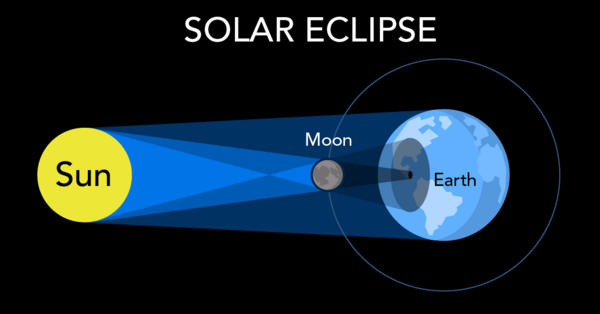-written by Varun Bhalerao, reviewed by Ankush Banerjee
“Seeing a bright Auroral display may be on your list of ‘things to see before I die’! Yep, they are nature’s light show par excellence.” – Jean Tate
Have you ever wondered how we can see beautiful colourful light bands, commonly known as ‘Northern lights’ in the sky? How were they created? Where you can see Aurora? Do other planets also have an Aurora? These are some questions whose answers you would be able to get in this article.
What is Aurora Borealis (Northern lights)?
The Northern lights also known as Aurora Borealis are one of the most beautiful natural phenomena in our universe. The northern lights dance across the sky and emanate a diffused glow along the northern horizon. The aurora can be seen near the poles of both the northern and southern hemispheres.
In the Northern Hemisphere, the phenomenon is called the northern lights (Aurora Borealis), while in the Southern Hemisphere, it’s called the southern lights (Aurora Australis).

What causes Aurora?
The Northern Lights are formed when the sun starts ejecting charged particles from its corona(The outermost layer of the sun), creating what’s called the solar wind. These solar winds travel millions of miles across space, and some may eventually collide with the Earth.
Most of these charged particles are deflected away, but some get captured in the Earth’s magnetic field which is directed towards the north and south poles into the atmosphere, thus forming an Aurora.

Why there are various colours in Aurora?
Science Fact: “Different gases give off different colours when they are heated”. The same process is also taking place in the aurora.
The two primary gases in the Earth’s atmosphere are nitrogen and oxygen, and these elements give off different colours during an aurora display.
The green colour we see in the aurora is especially because of oxygen, while hints of purple, blue or pink are caused by nitrogen.
Red is the rarest colour to see. It’s associated with solar particles hitting oxygen atoms but at a higher altitude above 150 miles.

When and Where to see the Northern Lights?
The northern lights are happening 24 hours a day, seven days a week, 365 days a year, but that doesn’t mean they’re easy to spot; you need to be at the right place at the right time.
While the best places to see the aurora are concentrated around the polar regions, usually closer to the Arctic Circle, including Alaska, Canada, Iceland, Greenland, Norway, Sweden, and Finland.
The best time to see Aurora is during the winter season. The winter season in the Arctic lasts from late September to late March/ early April. During this time, the Arctic sky is dark enough for the Northern Lights to be visible in the right conditions. The aurora is at its most active around the equinoxes in March and September.
The Northern Lights most commonly appear between 17:00 and 02:00. They don’t usually exhibit for long, they may only show for a few minutes. A good display may last for no longer than 15-30 minutes at a time, although if you’re really lucky, it could extend to a couple of hours or longer.

Do other planets have an Aurora?
Auroras are not just something that happens on Earth. If a planet has an atmosphere and magnetic field, they probably have auroras. We’ve seen amazing auroras on Jupiter, Saturn, Uranus, and Neptune. More surprisingly, auroras have also been discovered on both Venus and Mars, both of them have very weak magnetic fields.
Astronomers have even caught glimpses of apparent auroral activity in other solar systems. For example, recent studies reported the detection of radio waves emitted by multiple red dwarfs stars( stars smaller and dimmer than our own sun).
These radio waves are likely associated with a sort of “backward” aurora, one that flares up near stars and is driven by particles released by close-orbiting planets, researchers said.

Enjoyed reading this article? Consider reading: Lagrange points: The amazing parking lots in space



